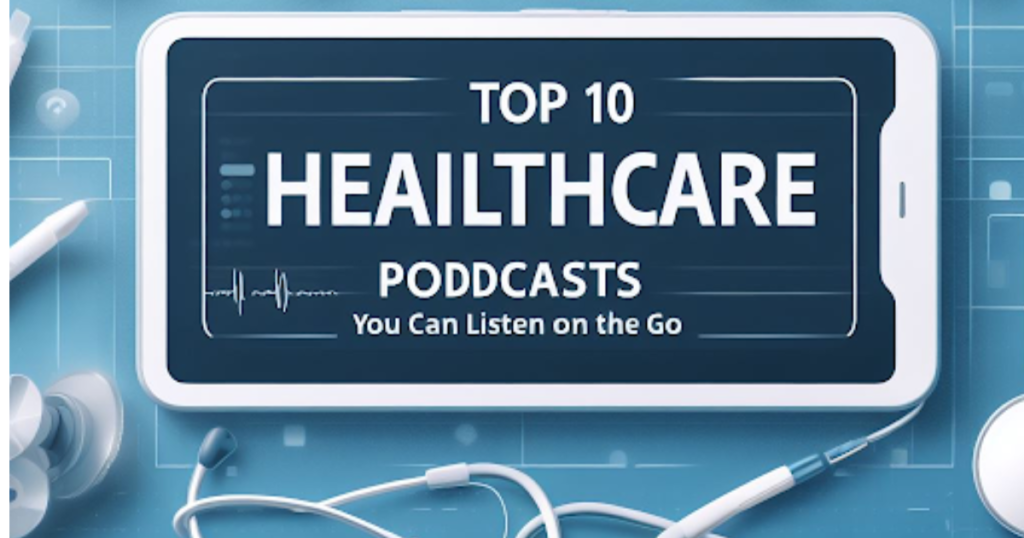
With healthcare being a critical aspect of our lives, the role of technology in transforming industry cannot be overemphasized. AI in healthcare plays a significant role and has the potential for a brighter future for patients and healthcare providers alike. Here’s a glimpse for you:
Understanding Superhuman Targets
Superhuman targets refer to:
- Healthcare tasks which are extremely complex.
- Healthcare tasks which require exceptional levels of accuracy and precision, beyond human capabilities.
Examples of superhuman targets in healthcare include diagnosing diseases accurately and predicting patient outcomes based on various factors. These targets require advanced levels of machine learning algorithms, deep neural networks, and sophisticated data analysis techniques to achieve precision and accuracy beyond human capabilities.
By leveraging the power of AI to achieve superhuman capabilities in healthcare, medical practitioners can obtain faster and more accurate diagnoses, leading to timely treatments and better patient outcomes.
Software Methodology for Healthcare AI
Software methodologies refer to a set of processes and techniques used to design, develop, and test software products.
In healthcare AI, some of the commonly used methodologies include agile, waterfall, and hybrid approaches.
- The agile methodology emphasizes collaboration and flexibility, allowing for iterative development and frequent feedback.
- The waterfall methodology, on the other hand, follows a sequential approach, with each stage of development completed before moving on to the next.
A successful project outcome depends on selecting the appropriate software methodology for healthcare AI. It is critical to consider the project’s complexity, the team’s expertise, and the degree of stakeholder collaboration required. The agile technique, for instance, may be appropriate for AI projects with a high level of complexity that need for ongoing stakeholder participation and feedback. On the other hand, projects with clearly defined requirements and a grasp of the project scope may benefit more from the waterfall process.
Tool Development in Healthcare AI
Tool development in healthcare AI involves designing and creating software tools that can analyze, process, and interpret medical data to aid in the diagnosis, treatment, and monitoring of patients. Examples of such tools include image recognition software, natural language processing algorithms, and predictive analytics models.
Effective tool development is crucial for healthcare AI, as it helps to increase the accuracy and efficiency of medical diagnosis and treatment, leading to better patient outcomes. Tools that can quickly and accurately analyze large volumes of medical data can help clinicians make faster and more accurate decisions, ultimately leading to better patient care.
Research in Healthcare AI
Designing and carrying out studies to investigate novel approaches and procedures that can enhance the precision and efficacy of AI in healthcare. Creating predictive models for diseases like cancer and heart disease is one example of a research study in healthcare AI. New approaches, strategies, and models that can help with disease diagnosis, treatment, and prevention may be developed because of research studies. Clinicians may make better-informed decisions and eventually provide better patient care by enhancing the precision and effectiveness of healthcare AI.
Ethical Responsibility in Healthcare AI
Ethical obligations in the healthcare industry While discussing AI, it’s important to make sure that the AI systems used in healthcare are created, implemented, and used in a way that is morally and socially acceptable. Algorithmic prejudice, privacy infringement, and potential patient injury are a few examples of ethical issues in healthcare AI.
To ensure that these systems are created and used in a way that benefits patients and society while minimizing harm, it is crucial to address ethical issues in healthcare AI.
Together, healthcare providers, AI creators, and policymakers must create moral standards and frameworks that support equity, openness, and responsibility in the design and implementation of healthcare AI systems.
COUHES/IRB Approval Processes
While performing research with human subjects in healthcare AI, regulatory protocols such as the COUHES (Commission on the Use of Humans as Experimental Subjects) and IRB (Institutional Review Board) permission requirements must be adhered to. These procedures entail submitting study proposals to committees that assess them and make sure they adhere to the norms and policies for ethical conduct in human research.
To guarantee that healthcare AI research is carried out morally, respects the rights and welfare of human subjects, and complies with existing laws and regulations, it is essential to obtain COUHES/IRB permission. Serious repercussions, including financial and legal penalties, may result from failing to acquire approval.
Several studies have undergone COUHES/IRB approval processes, including research on developing predictive models for diseases such as cancer and heart disease, assessing the effectiveness of AI-based clinical decision support systems, and analyzing patient data to identify potential risks and health outcomes.
Crowdsourcing Data Strategies in Healthcare AI
Crowdsourcing data strategies involve gathering data from a large group of individuals, often through online platforms, to improve healthcare AI.
Successful strategies in healthcare AI include using patient feedback to improve diagnostic accuracy and utilizing crowdsourcing platforms to label medical images for training AI algorithms.
Incorporating crowdsourcing data strategies in healthcare AI design is important because it can help improve the accuracy and effectiveness of AI models by incorporating diverse perspectives and experiences. Additionally, it can help address issues such as bias and variability in healthcare data, ultimately leading to better healthcare outcomes for patients.
Extraordinary Intelligence in AI Products and Services
Extraordinary intelligence refers to AI that can perform tasks beyond what humans can do.
Chatbots and virtual assistants that can diagnose ailments and help with patient care are two examples of AI products and services in the healthcare industry that have exceptionally high intelligence.
Because it may assist in increasing the precision and effectiveness of healthcare delivery, which ultimately results in improved patient outcomes, it is crucial to design AI products and services with amazing intelligence in the healthcare sector.
Conclusion
In conclusion, designing AI for healthcare requires a 360-degree approach that includes understanding superhuman targets, software methodologies, tool development, research, ethical responsibilities, and crowdsourcing data strategies. By incorporating these elements into AI design, we can develop intelligent machines that can help solve healthcare problems. Contact Apaana Healthcare today to learn more about AI enabled solutions are a game changer for your healthcare needs.
References
- “There’s a shift in healthcare” by, AI Med: There’s a shift in healthcare – AIMed (ai-med.io)
- “Biases in Machine Learning in Healthcare”: Biases in Machine Learning in Healthcare | Request PDF (researchgate.net)
- “Crowdsourcing Medical Data Analysis: Application to Retinopathy Detection in Diabetic Patients” by George Plitas, George Tsoulos, and Ioannis Kompatsiaris, IEEE Journal of Biomedical and Health Informatics: https://ieeexplore.ieee.org/abstract/document/8292228
- “Ethics of Artificial Intelligence in Radiology: Summary of the Joint European and North American Multisociety Statement” by European Society of Radiology and Radiological Society of North America, Insights into Imaging: Ethics of artificial intelligence in radiology: summary of the joint European and North American multisociety statement | SpringerLink





